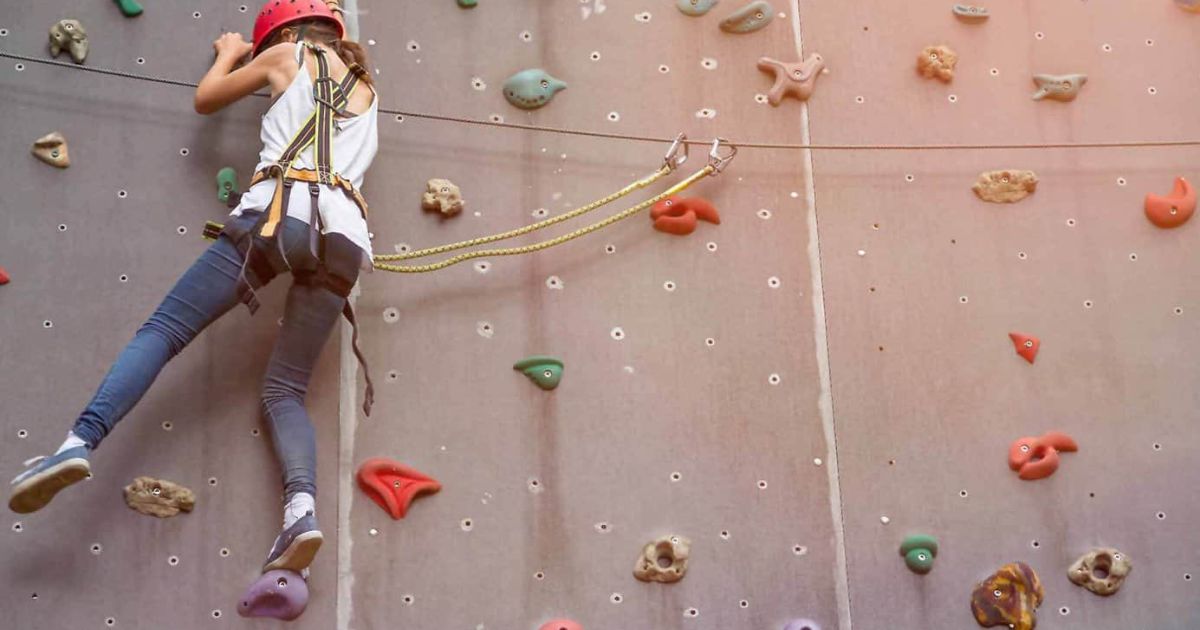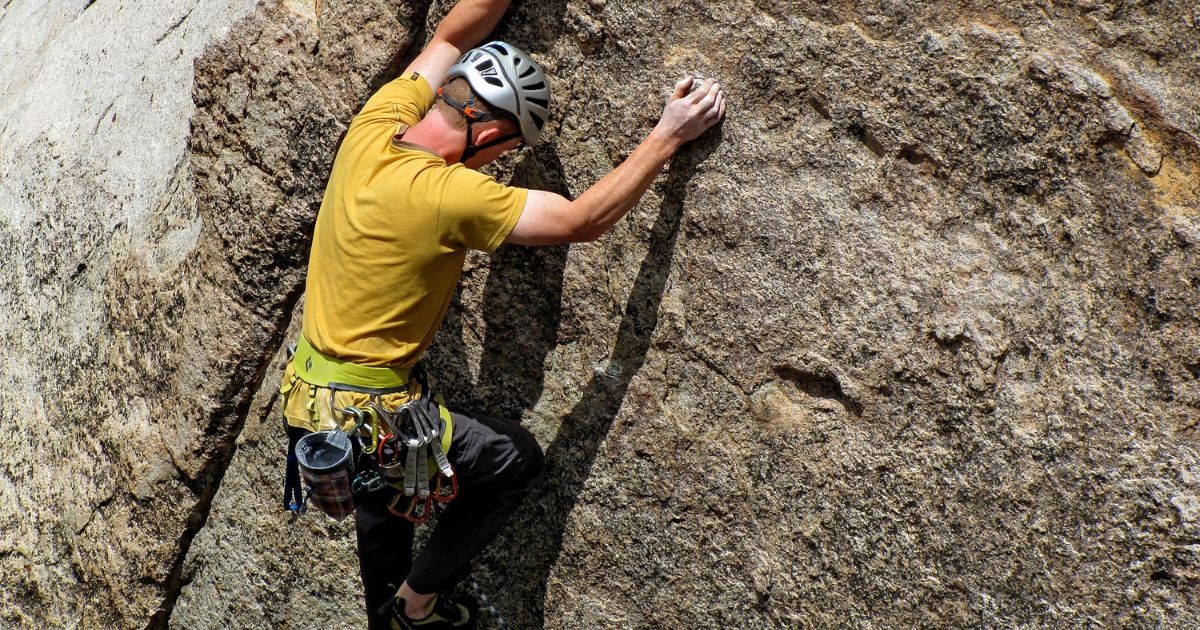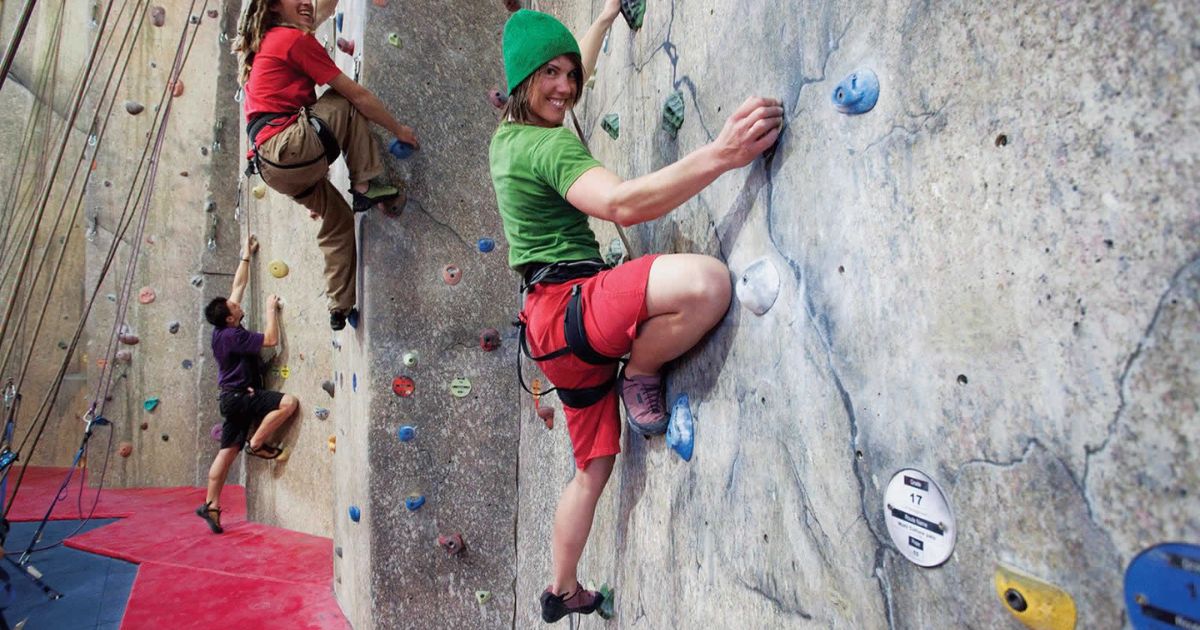Rock climbing, a captivating sport that challenges both the body and mind, has a rich and intriguing history. As the saying goes, “Every mountain top is within reach if you just keep climbing.” In this article, we will explore the origins of rock climbing, from its ancient roots to the modern techniques that have evolved over time. Delving into the 20th century and beyond, we will uncover the fascinating journey of rock climbing and its enduring popularity among adventurers seeking the thrill of conquering nature’s majestic heights.
Key Takeaways
- Rock climbing has ancient origins and was used for hunting, warfare, and transportation.
- Early techniques of rock climbing involved the use of ropes, pitons, carabiners, and chocks.
- The evolution of modern rock climbing brought advancements in equipment and safety measures.
- Rock climbing gained popularity in the 20th century, with the development of new techniques and the establishment of professional organizations and competitions.
Ancient Origins of Rock Climbing
The ancient origins of rock climbing can be traced back to early civilizations that utilized the skill for practical purposes. Ancient techniques of rock climbing were developed primarily for hunting, warfare, and transportation. Historical evidence suggests that rock climbing was used by early humans to reach high places for hunting, such as hunting birds or collecting eggs from cliffside nests.
In warfare, rock climbing was employed as a tactical advantage, allowing soldiers to gain access to fortified positions or launch surprise attacks. Additionally, rock climbing was crucial for transportation in mountainous regions, enabling people to traverse difficult terrain and access otherwise inaccessible areas. The historical significance of these ancient techniques of rock climbing cannot be overstated, as they laid the foundation for the sport and continue to influence modern climbing practices.
Early Rock Climbing Techniques
Early rock climbing techniques involved the utilization of various tools and methods to ascend vertical surfaces. Climbers in the early days relied on simple equipment and techniques to navigate the challenging terrain. Some of the early equipment used included:
- Ropes: Climbers used ropes made from natural materials like hemp or sisal to provide support and aid in their ascent.
- Pitons: These metal spikes were hammered into cracks in the rock to create anchor points for climbers to secure themselves.
- Carabiners: These metal links were used to connect ropes and provide a secure attachment point.
- Chocks: Climbers used chocks, or wedges made of metal or wood, to jam into cracks in the rock and provide additional support.
In terms of climbing techniques, early climbers relied heavily on chimneying, where they would use their body and limbs to create friction and maintain balance within a narrow chimney-like crack. They also practiced face climbing, where they would use the natural features of the rock face to ascend, such as cracks, ledges, and holds.
These early techniques laid the foundation for modern rock climbing, and while the equipment and techniques have evolved significantly, they still serve as the basis for the sport today.
Evolution of Modern Rock Climbing
Rock climbing has undergone a significant evolution since its early beginnings, leading to the development of modern techniques and equipment. Over the years, there have been numerous evolutionary advancements and technological innovations that have revolutionized the sport. One notable advancement is the introduction of specialized climbing shoes, designed with sticky rubber soles for better grip on rock surfaces.
Additionally, the invention of harnesses and ropes has greatly improved safety during climbs, allowing climbers to scale higher and more challenging routes. Another significant development is the use of carabiners and quickdraws, which enable climbers to easily clip into bolts and protection points along the route. Furthermore, advancements in climbing gear, such as lightweight and durable materials, have made equipment more efficient and comfortable for climbers. These evolutionary advancements and technological innovations have not only expanded the possibilities for climbers but have also contributed to the growth and popularity of modern rock climbing.
Rock Climbing in the 20th Century
During the 20th century, rock climbing experienced significant growth and development as the sport gained popularity worldwide. This era saw the emergence of numerous rock climbing innovations that revolutionized the sport and allowed climbers to push their limits further than ever before. Here are four key developments that shaped rock climbing in the 20th century:
- The introduction of modern rock climbing equipment, such as specialized climbing shoes and harnesses, improved climbers’ safety and efficiency.
- The development of new climbing techniques, including free climbing and aid climbing, expanded the possibilities for climbers and opened up new routes.
- The establishment of professional climbing organizations and the organization of climbing competitions provided a platform for climbers to showcase their skills and fostered a sense of community among enthusiasts.
- Famous rock climbers like Royal Robbins, Lynn Hill, and Reinhold Messner pushed the boundaries of the sport, setting new records and inspiring generations of climbers to follow in their footsteps.
Rock Climbing Today and Beyond
The current state of rock climbing and its future prospects revolve around continuous innovation and the pursuit of new challenges. Rock climbing has evolved significantly over the years, with advancements in equipment and techniques pushing the boundaries of what is possible.
One of the key aspects of rock climbing today is the development of specialized equipment that enhances safety and performance. From lightweight harnesses and durable ropes to advanced climbing shoes and protective gear, climbers now have access to a wide range of tools that improve their ability to tackle difficult routes.
Moreover, rock climbing competitions have gained significant popularity, providing a platform for climbers to showcase their skills and compete against each other. These events not only foster a sense of community and camaraderie among climbers, but they also contribute to the growth and development of the sport.
Looking ahead, the future of rock climbing holds exciting possibilities. With advancements in technology, we can expect further innovations in equipment and gear, making climbing safer and more accessible. Additionally, the sport may continue to expand its reach, attracting new participants and reaching new heights of popularity. As climbers continue to push the limits of what is possible, the future of rock climbing promises to be both challenging and exhilarating.
| Equipment | Competitions | Future Prospects |
|---|---|---|
| Advanced climbing shoes | Local, national, and international competitions | Technological advancements |
| Lightweight harnesses | Bouldering, lead climbing, and speed climbing | Increased accessibility |
| Durable ropes | Professional athletes and amateur climbers showcasing their skills | Growing popularity |
Frequently Asked Questions
What Are the Most Popular Rock Climbing Destinations Today?
Today, some of the most popular rock climbing destinations include Yosemite National Park in California, Red River Gorge in Kentucky, and Kalymnos in Greece. These locations offer top climbing routes and are often chosen for rock climbing competitions.
How Has Technology Influenced Rock Climbing in Recent Years?
Virtual reality training and smart climbing gear have revolutionized rock climbing in recent years. These advancements have provided climbers with enhanced training experiences and improved safety measures, pushing the boundaries of what is possible in the sport.
Are There Any Famous Rock Climbers From Ancient Times?
There are records of famous ancient rock climbers who showcased impressive skills and techniques. These individuals, although not widely known in modern times, played an essential role in the development of rock climbing as a sport.
What Safety Precautions Should Beginners Take When Starting Rock Climbing?
When starting rock climbing, beginners should prioritize safety precautions. Whether indoor or outdoor climbing, it is essential to have the necessary equipment, such as a helmet, harness, and climbing shoes, and to learn proper techniques and skills through professional instruction.
How Has the Perception of Rock Climbing Changed Over Time?
The perception of rock climbing has undergone a significant shift over time. Once considered a niche activity for adrenaline junkies, it has now gained mainstream popularity, with a cultural impact seen in the rise of indoor climbing gyms and increased media coverage.
Conclusion
In conclusion, rock climbing has a rich and ancient history that dates back to the earliest civilizations. Through the centuries, climbers have developed and refined various techniques, leading to the evolution of modern rock climbing. In the 20th century, rock climbing gained popularity as a recreational activity, and it continues to thrive today with advancements in equipment and techniques. While some may argue that rock climbing is a dangerous sport, the dedication and skill of climbers ensure safety measures are taken, making it a thrilling and rewarding pursuit.










